Share this
Treatment planning full mouth dental implants in Singapore
on June 27, 2016
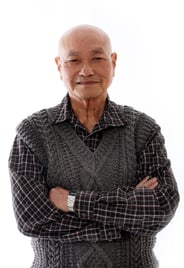
A elderly man presented with multiple missing teeth that were restored with removable dentures in the upper and lower jaws requesting for them to be replaced with fixed prostheses. Examination showed that the denture was not fitting properly and the remaining teeth were also not in good condition. Some of the teeth had been restored with porcelain crowns which were also not in good condition. He had generalized bone loss due to chronic gum disease but the teeth were stable except for the upper right second molar.
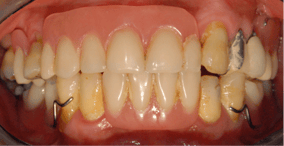 X-rays showed that many of the remaining teeth had poor prognosis due to gum disease and recurrent decay
X-rays showed that many of the remaining teeth had poor prognosis due to gum disease and recurrent decay
This was a fairly common presentation in my practice. I offered him two options. He could 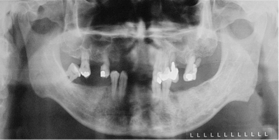 either choose a conservative option of keeping whatever teeth that were salvageable and replacing the missing teeth with dental implants or to remove all his teeth and full mouth dental implants. There were pros and cons of each.
either choose a conservative option of keeping whatever teeth that were salvageable and replacing the missing teeth with dental implants or to remove all his teeth and full mouth dental implants. There were pros and cons of each.
With the conservative plan, the main advantage was that some natural teeth would be kept. However, that would require the new implant supported prostheses to be constructed around the natural teeth. This would have constrained the positioning of the implants and hence the final prosthesis. Furthermore, the long term prognosis of the natural teeth were guarded and should they fail in the near future, more implants would be needed. As such, the patient decided on extracting all his natural teeth and have full mouth implant-supported prostheses instead.
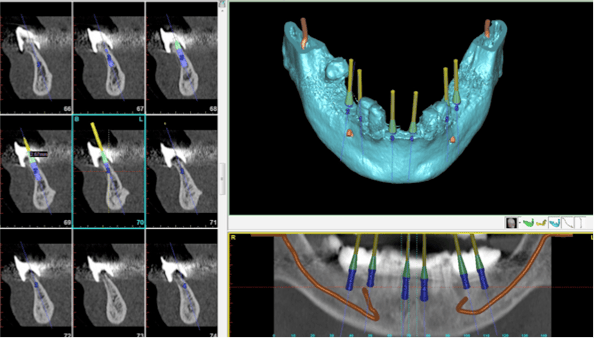
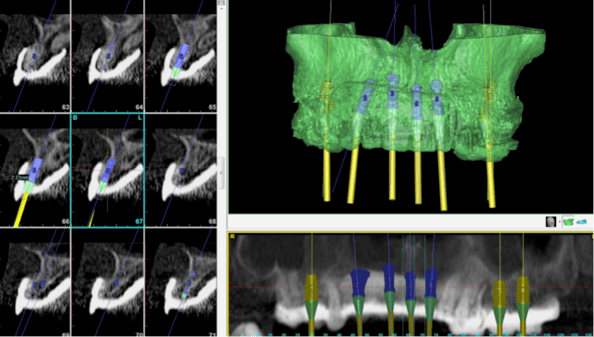
One of the challenges to a full mouth dental implant-supported prostheis is the transition from a partially dentate state to a fully edentulous state. Many patients are unable to manage a complete denture, especially for the lower jaw. To avoid the inconvenience of having to adapt to a set of full dentures in the interim period, we decided to go with immediate loading of the implants with a fixed temporary prosthesis. This was done using CT-guided dental implant surgery. First, a radio-opaque scan prostheses were made and CT scans were taken and the data were entered into Simplant Planner, a dental implant treatment planning software. Based on the ideal setup of teeth in the scan prostheses, implants were placed in the model generated in the software. The plan was uploaded to the Simplant facility in Belgium.

Based on the plan, a surgical guide was made by stereolithography. The purpose of the guide was to ensure that the implants would be placed in exactly the positions as planned. The guides were then couriered back to a Singapore laboratory for fabrication of provisional prostheses that would be fitted onto the implant on the day of implant surgery. On the day of surgery, the guides were fitted over the existing teeth and implants placed in accordance to the guide. Once the implants were inserted, all the remaining teeth were extracted and the prostheses fitted onto the implants.
Three months later, after the gums and extraction sockets had healed, fresh impressions were made for fabrication of the final prostheses.
For some patients, extraction of salvageable teeth may appear to be wasteful and they opt for a conservative treatment of keeping the natural teeth for as long as possible. The conservative option, however, is not less expensive and may even be more expensive as it requires individual replacement for the missing teeth; compared with a full arch prosthesis which can be supported by just 4-6 implants. As such, the majority of patients when confronted with this choice, often choose to go with a full mouth implant option.
Share this
- Jaw Surgery (93)
- Dental Implants Singapore (90)
- Orthognathic Surgery (48)
- Replacing Missing Teeth (26)
- Missing Teeth Options (23)
- Underbite (23)
- Bone Grafting (21)
- Costs (18)
- Facial Aesthetics (18)
- Aesthetics (17)
- dental implants (16)
- corrective jaw surgery (15)
- BOTOX (11)
- Dermal Fillers (11)
- Wisdom teeth (10)
- Fixed Implant Dentures (8)
- Loose Dentures Singapore (6)
- Medisave (6)
- sleep apnea (6)
- Braces (5)
- Dental Pain (5)
- Dentures in Singapore (5)
- Loose Teeth (5)
- Tooth Extraction (5)
- jaw deformities (5)
- bimax (4)
- bone graft (4)
- maxillomandibular advancement (4)
- all-on-4 (3)
- bimaxillary protrusion (3)
- chin implant (3)
- facial asymmetry (3)
- full mouth dental implants (3)
- genioplasty (3)
- immediate implant (3)
- removal of an integrated dental implant (3)
- third molars (3)
- wisdom tooth surgery (3)
- My Dentures Don't Fit (2)
- VME (2)
- bone graft healing (2)
- distraction osteogenesis (2)
- medical tourism (2)
- obstructive sleep apnea (2)
- orthodontics (2)
- plastic surgery (2)
- CT guided dental implants (1)
- Double jaw surgery (1)
- Invisalign (1)
- Periodontal Disease (1)
- Permanent Dentures Singapore (1)
- before and after photos (1)
- facial trauma (1)
- fractured dental implant (1)
- oral appliance therapy (1)
- root canal treatment (1)
- veneers (1)
- vertical maxillary excess (1)
- September 2019 (2)
- July 2019 (2)
- May 2019 (2)
- August 2018 (1)
- October 2017 (1)
- September 2017 (2)
- August 2017 (1)
- June 2017 (2)
- May 2017 (4)
- April 2017 (1)
- March 2017 (1)
- February 2017 (3)
- January 2017 (3)
- December 2016 (1)
- November 2016 (2)
- October 2016 (4)
- September 2016 (9)
- August 2016 (5)
- July 2016 (11)
- June 2016 (14)
- May 2016 (6)
- April 2016 (2)
- March 2016 (1)
- January 2016 (7)
- December 2015 (10)
- November 2015 (4)
- October 2015 (9)
- September 2015 (7)
- August 2015 (1)
- July 2015 (6)
- June 2015 (3)
- May 2015 (7)
- April 2015 (5)
- March 2015 (8)
- January 2015 (5)
- December 2014 (7)
- November 2014 (7)
- October 2014 (6)
- September 2014 (8)
- August 2014 (5)
- July 2014 (7)
- June 2014 (8)
- May 2014 (9)
- April 2014 (10)
- March 2014 (6)
- February 2014 (8)
- January 2014 (3)
Subscribe by email
Email subscription


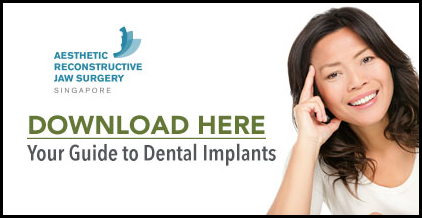

No Comments Yet
Let us know what you think